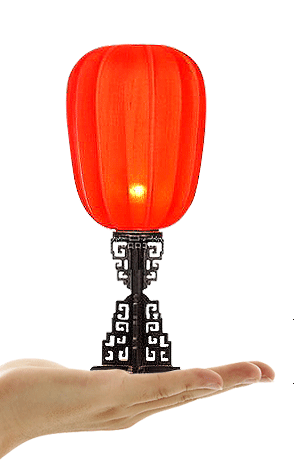Yungang Caves - Nine Dragon Wall - Agricultural and Trade Market
Arrive in Datong in the morning. Meet your local guide and breakfast in hotel.
Yungang Caves: One of China’s four most famous "Buddhist Caves Art Treasure Houses”, it is located about sixteen kilometers west of Datong. There exists 53 caves, most of which are made during the Northern Wei Dynasty between 460 and 494 AD, and over 51, 000 stone sculptures. It extends one kilometer from east to west and can be fallen into three major groups.
Nine Dragon Wall: Located in central Datong within the old city ramparts. It is the biggest and oldest of its kinds in China. Built in 1392 during the reign of Hongwu of the Ming Dynasty, the Nine-Dragon Wall in Datong was built as a screen wall to go in front of the mansion of the 13rd son of the first Emperor of Ming Dynasty, Zhu Yuanzhang with 45.5 meters long, 8 meters high and 2.02 meters wide.The wall is decorated with brightly colored glazed tiles and carved dragons and animals.
Agricultural and Trade Market: Visit to a local market to know people’s life.
Lunch included: Chinese noodles


 goback
goback

